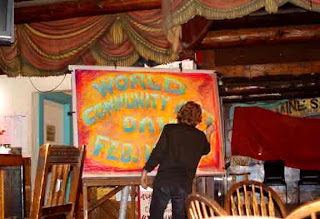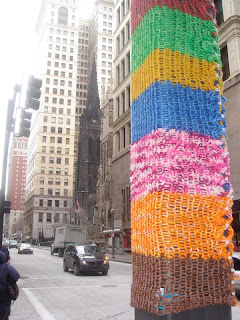 While I was thinking about this post last night, I was also watching one of my favorite shows, The Big Idea on CNBC. One of the guests was Ty Pennington that hyper yet creative carpenter on those home improvement shows. He talked about how the principles of home design can be used to create our dream life. For instance, he talked about choosing colors and objects for our homes that reflect our personality.
While I was thinking about this post last night, I was also watching one of my favorite shows, The Big Idea on CNBC. One of the guests was Ty Pennington that hyper yet creative carpenter on those home improvement shows. He talked about how the principles of home design can be used to create our dream life. For instance, he talked about choosing colors and objects for our homes that reflect our personality.
Karim Rashid, a designer and author has a similar philosophy in his book design your self: rethinking the way you live, work, and play. Rashid is best known for his innovative home product, furniture and interior design. Early on, he writes that humans are here to create and that living in such a mass produced world entitles us all to use design, not only to create our environments but also our lives.
Covering topics ranging from life, love, work, and play, this colorful book also includes a section at the end with a yearly guide to getting the most from your life. Despite loving this book and it’s advocacy for leading a creative and individualized life, I found it odd that it was also filled with prescriptive lists and Rashid’s own strict guidelines of how that life should be lived. Still, it’s a must read book to learn how this contemporary creative genius lives and works.
- How are you using design principles in your daily life?




 With the theme “art as a catalyst for caring and sharing,”
With the theme “art as a catalyst for caring and sharing,” 

